Related Research Articles
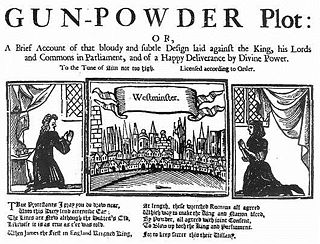
The Gunpowder Plot of 1605, in earlier centuries often called the Gunpowder Treason Plot or the Jesuit Treason, was a failed assassination attempt against King James I by a group of provincial English Catholics led by Robert Catesby who sought to restore the Catholic monarchy to England after decades of persecution against Catholics.

Stafford Henry Northcote, 1st Earl of Iddesleigh, known as Sir Stafford Northcote, Bt from 1851 to 1885, was a British Conservative politician. He served as Chancellor of the Exchequer between 1874 and 1880 and as Foreign Secretary between 1885 and 1886, and was one of only two people to hold the office of First Lord of the Treasury without ever being Prime Minister.
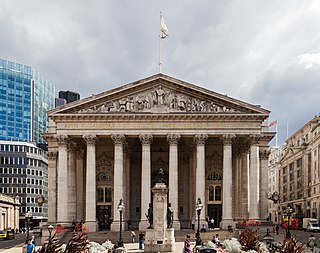
The Royal Exchange in London was founded in the 16th century by the merchant Sir Thomas Gresham on the suggestion of his factor Richard Clough to act as a centre of commerce for the City of London. The site was provided by the City of London Corporation and the Worshipful Company of Mercers, who still jointly own the freehold. It is trapezoidal in shape and is flanked by Cornhill and Threadneedle Street, which converge at Bank junction in the heart of the city. It lies in the ward of Cornhill.

Marquess of Exeter is a title that has been created twice, once in the Peerage of England and once in the Peerage of the United Kingdom. The first creation came in the Peerage of England in 1525 for Henry Courtenay, 2nd Earl of Devon. For more information on this creation, which was forfeited in 1538, see the Earl of Devon.

Earl of Salisbury is a title that has been created several times in English and British history. It has a complex history, and is now a subsidiary title to the marquessate of Salisbury.
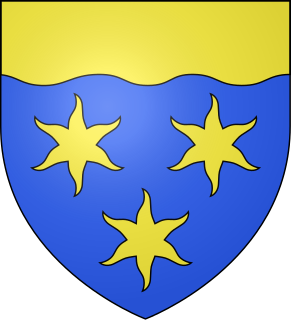
Earl of Radnor is a title which has been created twice. It was first created in the Peerage of England in 1679 for John Robartes, 2nd Baron Robartes, a notable political figure of the reign of Charles II. He was made Viscount Bodmin at the same time. Robartes was the son of Richard Robartes, who had been created Baronet in July 1621 and Baron Robartes, of Truro, in the Peerage of England in 1626. All three titles became extinct on the death of the fourth Earl in 1757. Anna Maria Hunt, great-niece of the fourth Earl, married the Hon. Charles Bagenal-Agar, youngest son of James Agar, 1st Viscount Clifden of Gowran. Their son Thomas James Agar-Robartes was created Baron Robartes in 1869. For more information on this title, see the Viscount Clifden.

Robert Michael James Gascoyne-Cecil, 7th Marquess of Salisbury, Baron Gascoyne-Cecil,, is a British Conservative politician. From 1979 to 1987 he represented South Dorset in the House of Commons, and in the 1990s he was Leader of the House of Lords under his courtesy title of Viscount Cranborne. Lord Salisbury lives in one of England's largest historic houses, the 17th-century Hatfield House in Hertfordshire, and currently serves as Chancellor of the University of Hertfordshire.
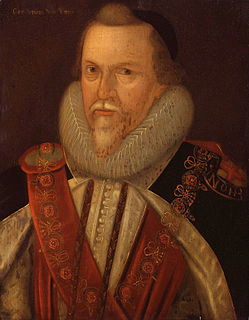
Thomas Cecil, 1st Earl of Exeter, KG, known as Lord Burghley from 1598 to 1605, was an English politician, courtier and soldier.

Thomas Sackville, 1st Earl of Dorset was an English statesman, poet, and dramatist. He was the son of Richard Sackville, a cousin to Anne Boleyn. He was a Member of Parliament and Lord High Treasurer.

Old Sarum was from 1295 to 1832 a parliamentary constituency of England, of Great Britain, and finally of the United Kingdom of Great Britain and Ireland. It was a so-called rotten borough, with an extremely small electorate that was consequently vastly over-represented and could be used by a patron to gain undue influence. The constituency was on the site of what had been the original settlement of Salisbury, known as Old Sarum. The population and cathedral city had moved in the 14th century to New Sarum, at the foot of the Old Sarum hill. The constituency was abolished under the Reform Act 1832.
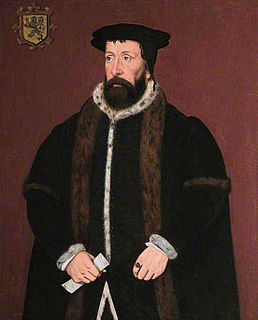
Sir John Mason was an English diplomat and spy.
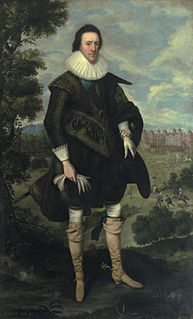
William Cecil, 2nd Earl of Salisbury,, known as Viscount Cranborne from 1605 to 1612, was an English peer, nobleman, and politician.

The titles Baron Montacute or Baron Montagu were created several times in the Peerage of England for members of the House of Montagu. The family name was Latinised to de Monte Acuto, meaning "from the sharp mountain"; the French form is an ancient spelling of mont aigu, with identical meaning.
Events from the 1400s in England.
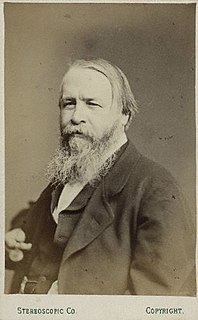
Sir Alexander James Beresford Beresford Hope PC, known as Alexander Hope until 1854, was a British author and Conservative politician.

Sir John Thynne was the steward to Edward Seymour, 1st Duke of Somerset and a member of parliament. He was the builder of Longleat House and his descendants became Marquesses of Bath.

Thomas Montagu, 4th Earl of Salisbury, KG of Bisham in Berkshire, was an English nobleman and one of the most important English commanders during the Hundred Years' War.
Thomas Mompesson (1630–1701), of Mompesson House, The Close, Salisbury and St Martin's Lane, Westminster, was an English politician. He entered Lincoln's Inn in 1648, and was called to the bar in 1654.
Sir Edward Wingfield of Kimbolton (c.1562-1603), member of Parliament and author of a masque.
References
- ↑ MASON, Thomas, of Salisbury, Wilts. The History of Parliament. Retrieved 7 February 2019.